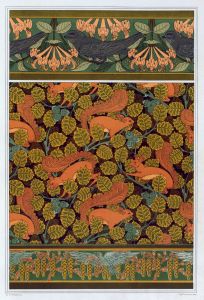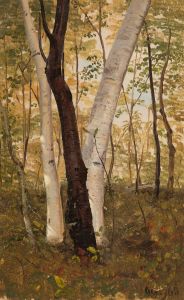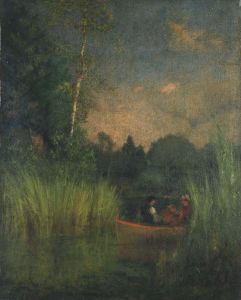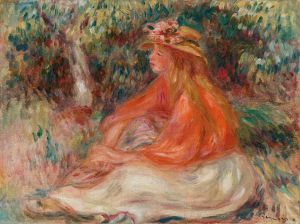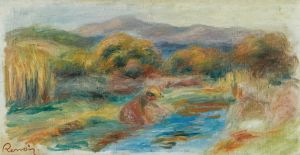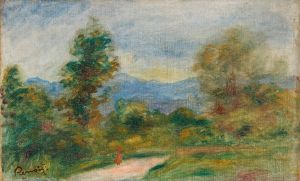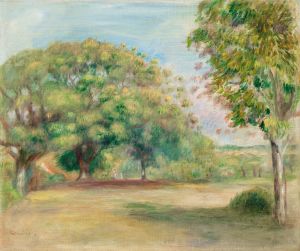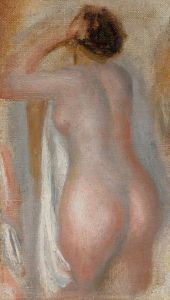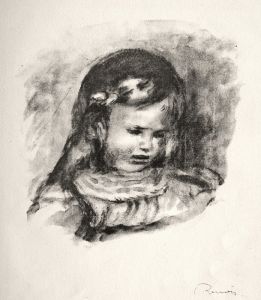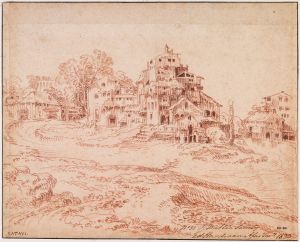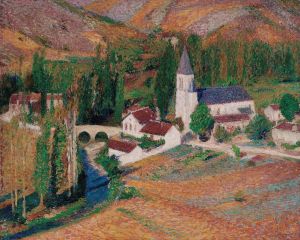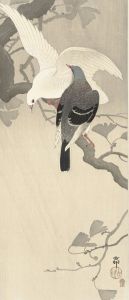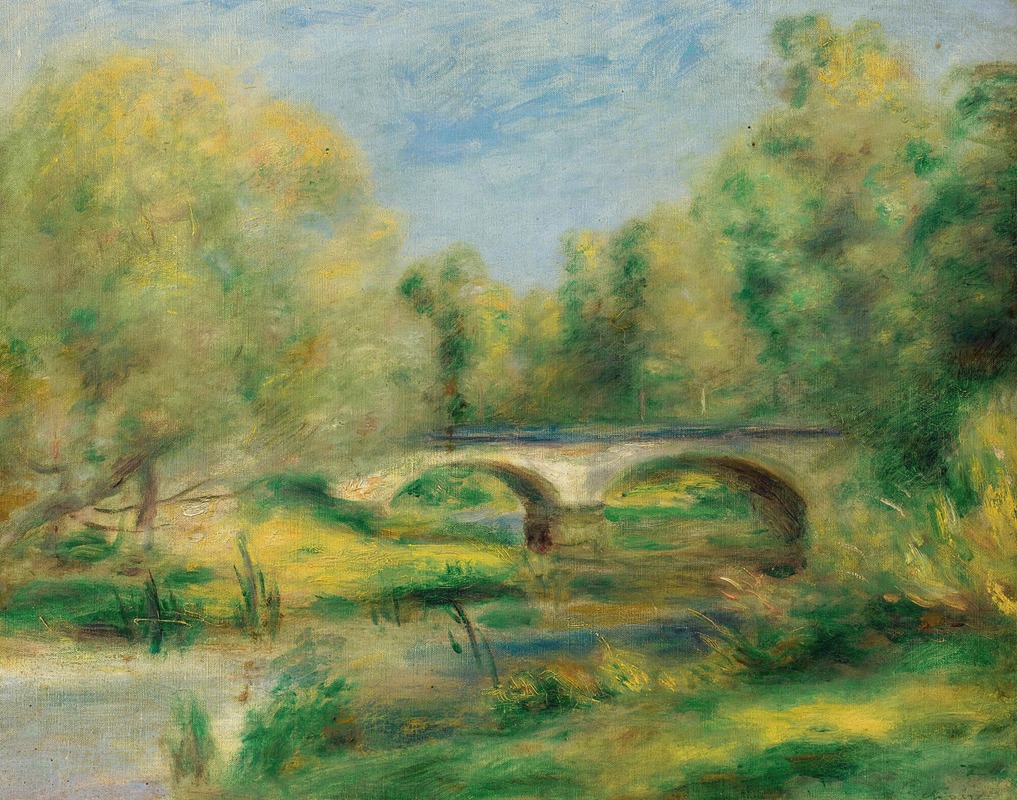
Paysage
A hand-painted replica of Pierre-Auguste Renoir’s masterpiece Paysage, meticulously crafted by professional artists to capture the true essence of the original. Each piece is created with museum-quality canvas and rare mineral pigments, carefully painted by experienced artists with delicate brushstrokes and rich, layered colors to perfectly recreate the texture of the original artwork. Unlike machine-printed reproductions, this hand-painted version brings the painting to life, infused with the artist’s emotions and skill in every stroke. Whether for personal collection or home decoration, it instantly elevates the artistic atmosphere of any space.
Pierre-Auguste Renoir, a leading figure in the Impressionist movement, is renowned for his vibrant light and saturated color, often focusing on people in intimate and candid compositions. However, his landscapes, such as "Paysage," also reflect his mastery in capturing the essence of nature with a unique blend of spontaneity and detail.
"Paysage," which translates to "Landscape" in English, is one of Renoir's many explorations of the natural world. While specific details about this particular painting are scarce, it is consistent with Renoir's broader body of work during the Impressionist period, which often depicted outdoor scenes with a focus on the effects of light and atmosphere. Renoir's landscapes typically feature loose brushwork and a vivid palette, capturing the fleeting moments of light and shadow that characterize the Impressionist style.
Renoir's approach to landscapes was influenced by his desire to capture the beauty of the natural world in a way that was both immediate and evocative. He often painted en plein air, or outdoors, which allowed him to observe and render the changing effects of light and weather directly onto the canvas. This method was a hallmark of the Impressionist movement, emphasizing the artist's perception of a scene over a detailed, realistic representation.
In "Paysage," as in many of his landscape works, Renoir would have likely employed a combination of quick, expressive brushstrokes and a bright, varied color palette to convey the vibrancy of the scene. His use of color was particularly innovative, often employing complementary colors to create a sense of depth and movement. This technique helped to convey the dynamic interplay of light and shadow, a central concern for Impressionist painters.
Renoir's landscapes are also notable for their composition, which often guides the viewer's eye through the scene in a natural and fluid manner. He frequently used diagonal lines and curves to create a sense of movement and to lead the viewer's gaze across the canvas. This compositional strategy can be seen in many of his works, where the arrangement of natural elements such as trees, paths, and bodies of water create a harmonious and balanced image.
While "Paysage" may not be as widely recognized as some of Renoir's other works, it nonetheless exemplifies his skill in capturing the beauty and vitality of the natural world. His landscapes, though perhaps less celebrated than his portraits and figure paintings, are an integral part of his oeuvre and offer insight into his artistic vision and technique.
Renoir's contribution to the Impressionist movement and his influence on subsequent generations of artists cannot be overstated. His ability to convey emotion and atmosphere through color and brushwork has left a lasting impact on the art world. "Paysage," like many of his works, continues to be appreciated for its beauty and its embodiment of the Impressionist ideals of capturing the momentary and the ephemeral in nature.





